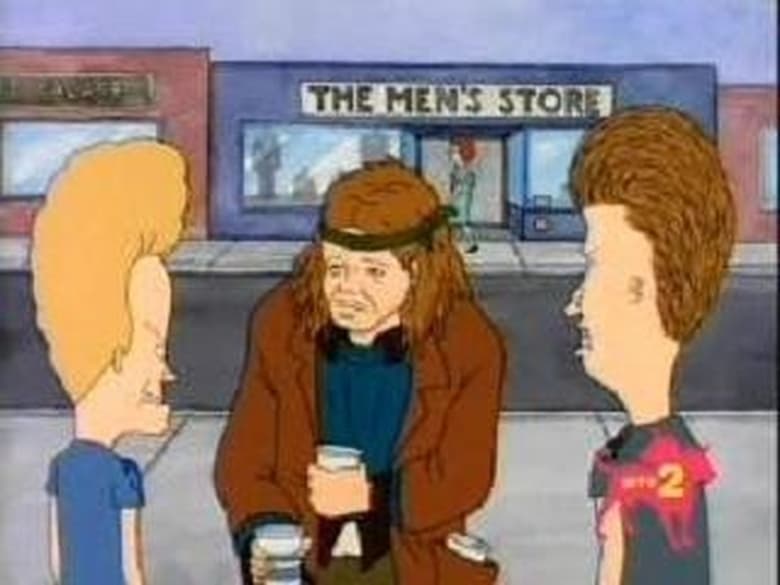

One of the most important of those experiments were shorts that served as the station's promotional IDs: the "M" of the MTV logo morphing into various forms, for example. According to Maureen Furniss, who is an animation historian at the California Institute of the Arts, " showed people in the public things they had never seen before in animation and gave opportunities to a lot of independent animators and experimental animators."

"We kind of realized that in many ways cartoons, like Looney Tunes, were kind of like the kid equivalent of rock 'n' roll," Seibert explains.įor animators who wanted to work outside of TV conventions at the time, MTV became a destination and a laboratory. Animation, it turns out, was baked into the network's foundation, says Fred Seibert, who helped develop MTV's initial branding campaigns. The movie got two thumbs up from critics Gene Siskel and Roger Ebert and featured multiple cameos, including one from super-fan David Letterman as a roadie who most certainly sired Butt-Head.īeavis and Butt-Head may have been a cartoon, but it was also central to MTV's identity.

Beavis and Butt-Head became MTV's highest rated show at one time and expanded into a 1996 feature film- Beavis and Butt-Head Do America. They're really into heavy metal, and I mean I don't think it's for you really, but I'm really excited about it." His dad paused and, as Brown recalls, said, "Well, do you plan on writing for anything else?"īut the show was critic-proof. He says when he was assigned his first episode, he described the show to his own father as being "about these two 13-year-olds that are really stupid and they're just self-destructive. Kris Brown became the head writer of Beavis and Butt-Head in 1994. Critics called the duo "crude," "ugly" and "self-destructive." The show about brain dead teens and their pubescent whims debuted on MTV in 1993 and was quick to catch flack for everything from its rougher animation style to the impulsive actions of its stars.


 0 kommentar(er)
0 kommentar(er)
